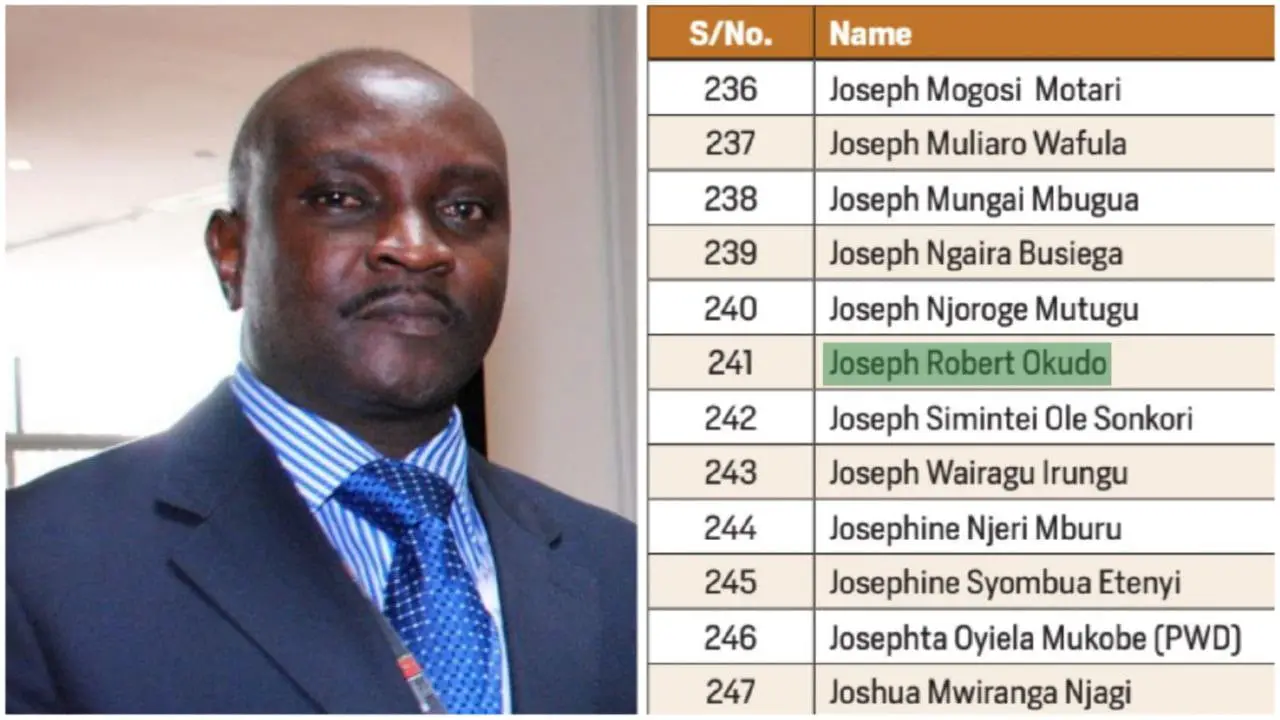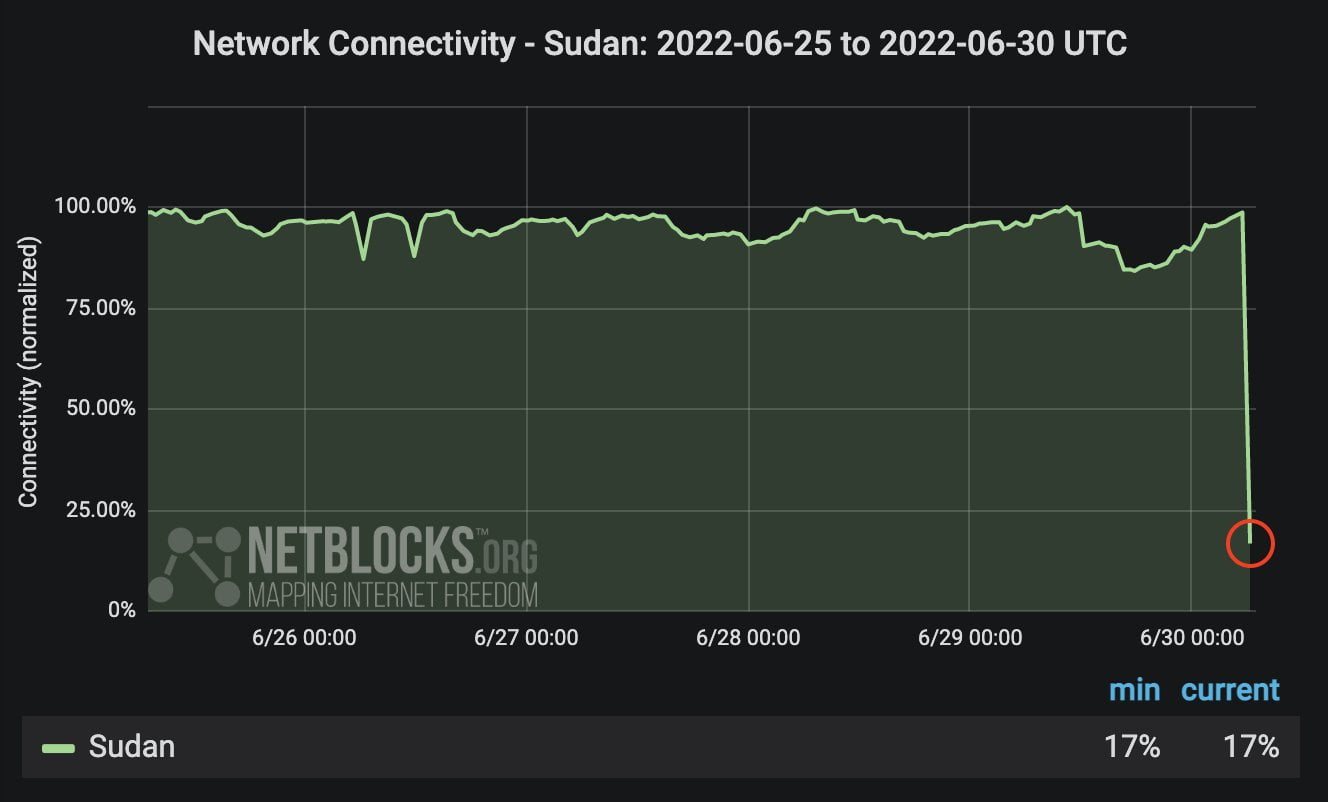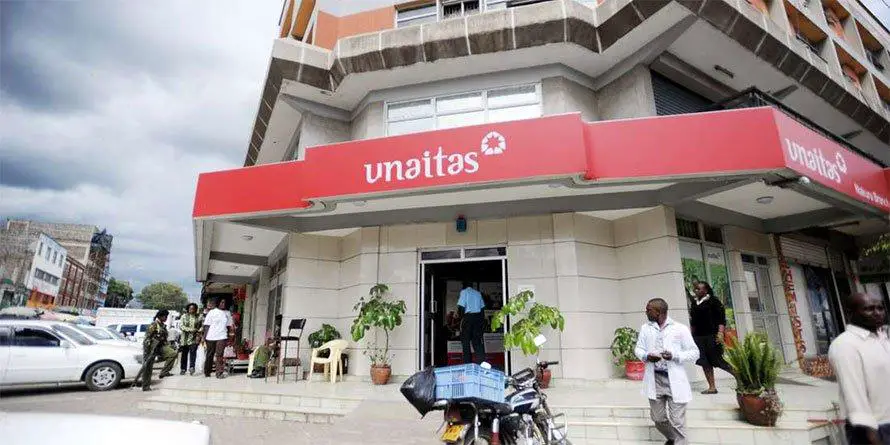Via Daily Nation
Earlier this year, tenants of an apartment block in Ruaka, Kiambu County, were pleasantly surprised when their landlord slashed their monthly rent by Sh5,000
Property manager Bekam Properties Ltd gave its clients residing in the deluxe apartments a reprieve by lowering the payment for their two-bedroom houses from Sh35,000 to Sh30,000, effective February 1.
Their notice read, “ … in consideration of the prevailing economic situation in Kenya, the landlord has decided to lower your monthly rent from Sh35,000 to Sh30,000 with effect from February 1, 2020.”
Elsewhere, it was an early Christmas for some traders in Dagoretti late last year when their landlord reduced their monthly rent, citing tough times.
The property’s manager, identified as Simon Ngugi, asked occupants of Muhu Building on Naivasha Road in Dagoreti North to pay Sh2,000 less in rent for their stalls beginning November 1, 2019.
The tenants had hitherto been paying Sh10,000 per month for each unit.
The decision, the manager said, was made in an effort to retain current tenants and attract new ones due to “serious business fall”.
The move was a rare gesture given that the majority of Kenyan property owners only revise rent upwards on the flimsiest of reasons, including a fresh coat of paint.
FREE MONTHS
These are just a few of the numerous instances in which landlords and developers cut their charges in the past few months.
Some proprietors are providing discounts such as a free months, longer fit-out periods and other inducements to retain their tenants and attract new ones.
But while these revisions may appear an act of kindness to help struggling tenants meet their targets and basic needs owing to tough economic times, a deeper look portends a property sector in turbulence due to the economic slowdown alongside sector-specific challenges that have seen the returns drop significantly.
Industry players are unwittingly staring at the likelihood of empty premises, devoid of customers, as the tough economic times persist and the property sector gets saturated with options.
They have resorted to using inducements as the only possible means to ensure they retain their tenants as high rents would only result in customers choosing more affordable options available in the already bursting market.
The House Price Index released earlier this year by property consultancy firm HassConsult Ltd showed home prices in satellite towns declined by 50 basis points last year.
This is the first-ever drop since the survey was launched in 2008.
JOB LOSSES
The decline was attributed to the challenging economic environment witnessed during the period characterised by massive job losses and company shutdowns.
Landlords are becoming less demanding, especially in areas where there is an oversupply of similar units, according to HassConsult’s head of development consulting Sakina Hassanali.
Cytonn analysts and Knight Frank Kenya’s first-half market update released in September both attributed the gloomy performance in the commercial sector to an oversupply of retail space.
The increased development of malls did not make matters easier as it heightened competition, especially for the low-end markets.
A market update by Knight Frank Kenya showed that prime residential prices fell by 1.8 percent over the same period, increasing the decline to 6.7 percent in the period to June last year.
The report held that these factors transformed the market in favour of buyers and tenants, a perception that was then heightened by multinationals continuing to downsize their investment while there were fewer expatriates relocating to the country.
This combination of dynamics hurt the niche market.
Wacu Mbugua, a market analyst at Cytonn, notes that oversupply of retail space mostly hit the Nairobi metropolitan area, exhibited by the cropping up of malls and low occupancy rates, and in turn lower rental yields.
“The outlook for the sector is neutral and we are likely to witness reduced development activity in Nairobi, with developers shifting to county headquarters in some markets such as Kiambu and Mt Kenya regions,” she says.
The shift to the outskirts such as Kiambu is believed to have caused the prices of property and rent to rise earlier in 2019.
LOWER RENTS
However, in the last quarter of the year, property management companies began sending notices to their clients indicating an intention to slash rent.
Ms Hassanali says developers looking to make a killing in the lucrative real estate market are now revising property and house prices if they are to make any headway.
The House Price Index goes further to show that rent in satellite towns dropped by 2.1 percent last year, an indication that landlords reduced their demands in response to the tough economic times and increased market supply.
As a result of the value adjustment, Juja recorded the highest drop of 9.6 percent over the year, while in Nairobi suburbs, it also took a downward turn, dropping 2.3 percent in the same period.
“Contrary to what is universally believed, the rent rates in high-end areas such as Lavington, Kileleshwa, Westlands and Loresho actually dropped in 2019,” the real estate consultant details, noting that Parklands recorded the largest drop in rental prices of 5.2 percent over the year.
DEMAND RESURGENCE
Nonetheless, Kenya’s capital is understood to be witnessing a resurgence of demand from global investors eyeing bargains in select high-end properties.
The country remains the favourite investment spot for foreign direct investments and the reduced property prices blamed on price corrections give buyers a reason to smile, according to the HassConsult Ltd property adviser.
However not all property owners read from this script, as some maintained their initial rent charges despite cries from some tenants.
Mr Mundhir Abdirahim, a resident in Eastleigh, decries the rising rates of rent in the area despite the economic state of the country.
“Things are different in Eastleigh. Even when the economy is crumpling, landlords will keep asking for more,” he said.

















































